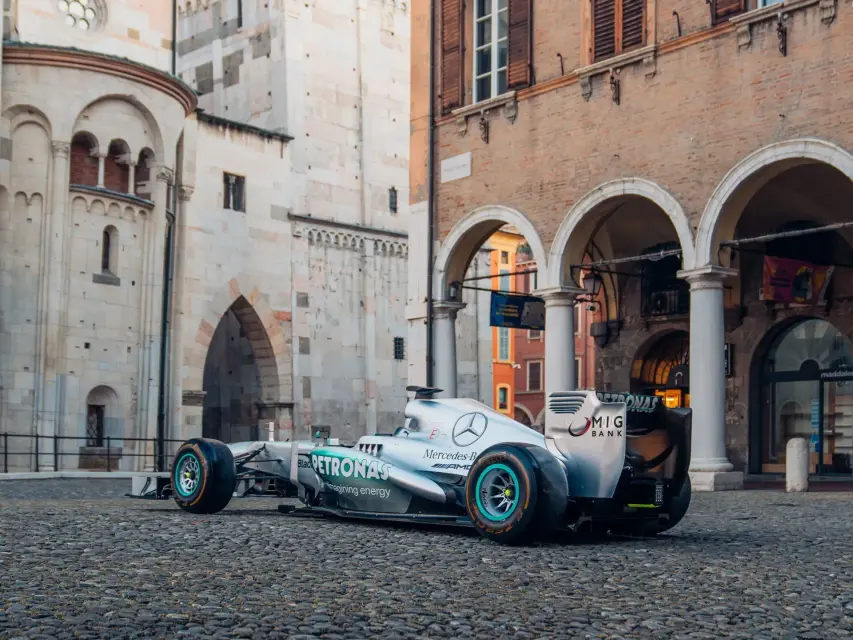F1 News: Chandhok’s Call for a Return to Roaring Engines – A Nostalgic Plea for the Future of Formula 1
In a passionate appeal for the future of Formula 1, former driver Karun Chandhok has advocated for the reintroduction of V8 and V10 engines. This plea aligns with the upcoming 2026 regulations, marking a pivotal moment for the sport as it embraces new power units.
Key Takeaways:
- Return of the Roar: Karun Chandhok, echoing the sentiments of many F1 fans, calls for the reintroduction of V8 and V10 engines, famed for their exhilarating sound, as Formula 1 heads into a new era in 2026.
- The Sound of Nostalgia: The shift to 1.6-litre hybrid turbocharged V6 engines in 2014 dampened the iconic engine roar, a change that has faced persistent backlash from the racing community.
- Balancing Innovation and Tradition: With a future that blends electric power and internal combustion, Chandhok’s vision includes ditching batteries and hybrids, aiming for lighter, more thrilling race cars.

The world of Formula 1 is on the brink of significant transformation as it approaches the 2026 regulations, focusing on a hybrid of electric power and internal combustion engines. This change comes after the notable shift in 2014, which saw the replacement of V8 engines with quieter, less emotive 1.6-litre hybrid turbocharged V6 engines. This alteration was met with widespread criticism from both the racing community and fans worldwide.
The visceral experience of F1, once defined by the thunderous sound of V8 and V10 engines, has been a subject of nostalgia and debate. Chandhok’s recent statements on social media, responding to a video by Mark Lane, a former Alpine and McLaren designer, rekindle this conversation. His views are further bolstered by the likes of Lewis Hamilton, who has expressed admiration for the “greatest sound” of the old F1 engines.
The video that sparked Chandhok’s comments showed Fernando Alonso driving the V10-powered Renault R25 at Yas Marina Circuit, a potent reminder of the sport’s acoustic glory days. Chandhok’s explicit stance on the matter is clear and unwavering:
“Honestly… It drives me mad! I’ve said it before and will say it again – V8 / V10 on sustainable fuels, ditch the batteries and hybrid, make the cars smaller and should be able to make them 120 kilos lighter!”
This stance not only reflects a desire for a return to the captivating soundscapes of F1’s past but also suggests a simpler, purer form of racing technology. In response to concerns about noise levels, especially for nighttime street races, Chandhok’s reply was forthright:
“Why not? We did from 2008 until 2013! If we stopped doing something every time someone complained, we may as well stop doing anything!”
Looking ahead to 2026, there’s an anticipated benefit in the proposed regulatory changes – a reduction in car size. The goal is to make Formula 1 cars shorter and lighter, potentially shedding up to 50 kilograms. This move could signify a step towards Chandhok’s vision of a lighter, more thrilling Formula 1, combining the allure of the past with the technological advancements of the future.
